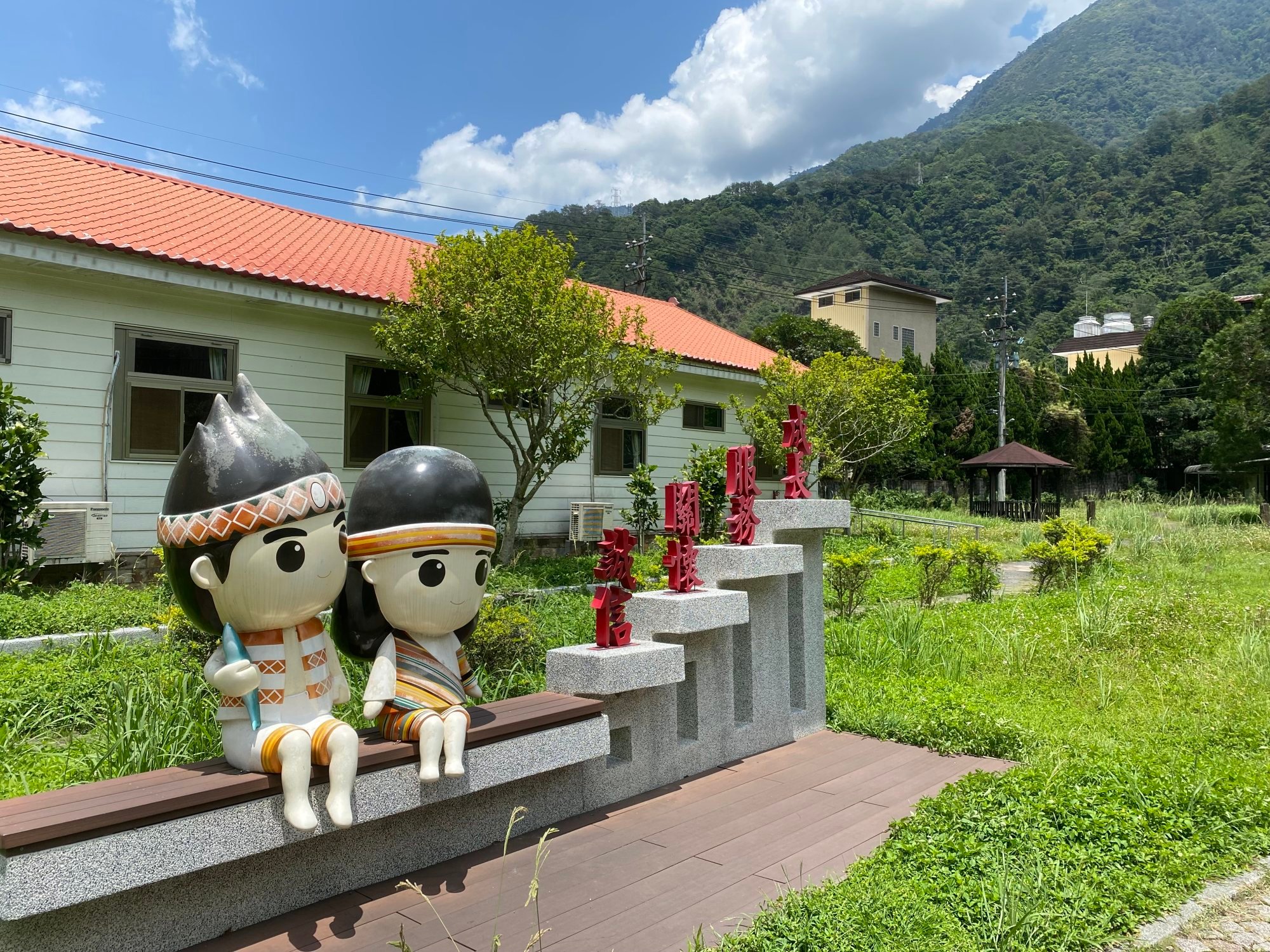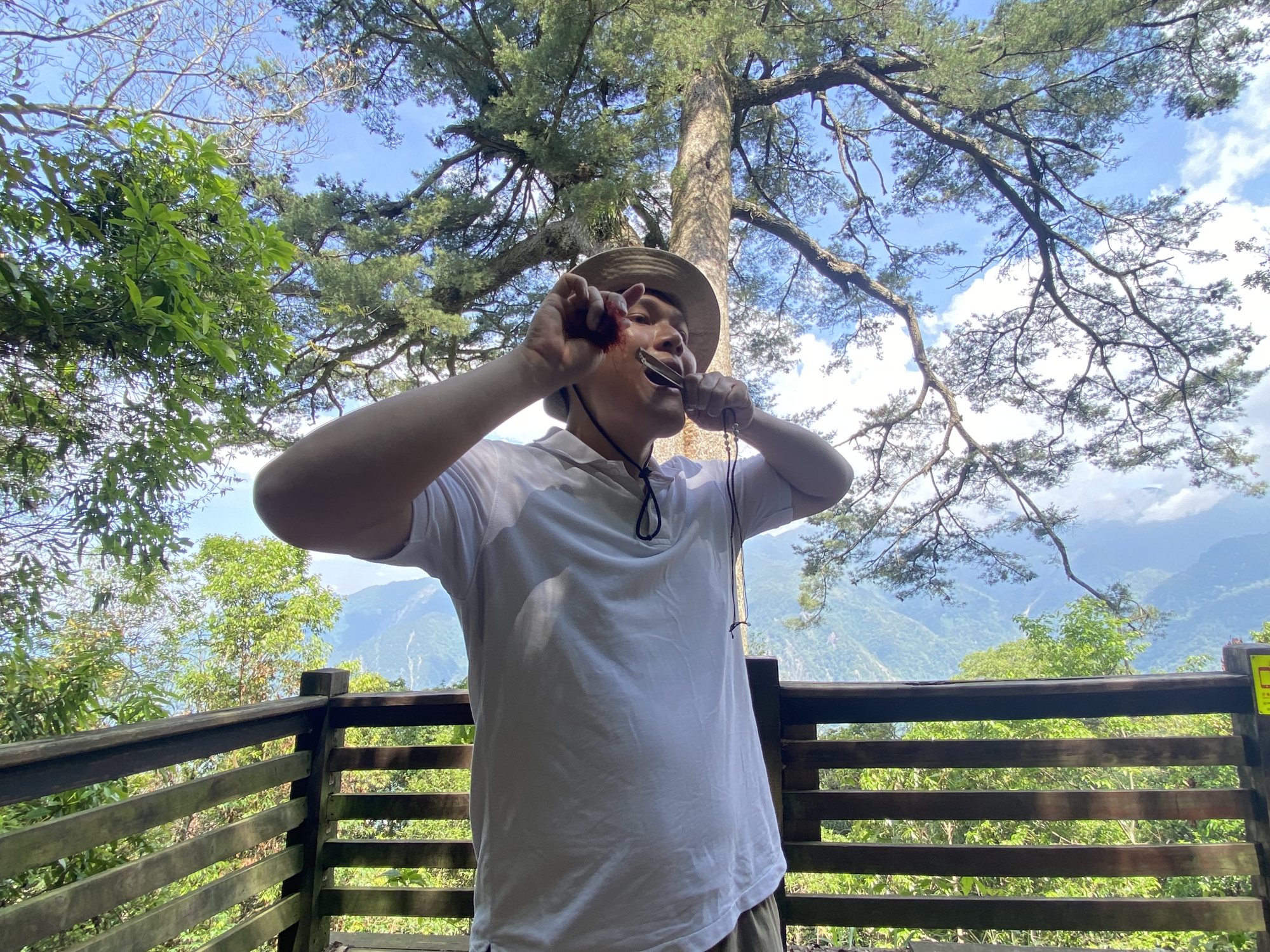
Hiking in Taiwan: how 2 popular trails, in Taipei and Guguan, highlight the variety of options on offer
- A growing number of hikers have been heading to Taiwan, lured by its vast nature reserves, forested mountains and hot springs towns
- Our correspondent hikes up Elephant Mountain in the capital, then heads to the hot springs town of Guguan, whose surroundings are home to an indigenous group
From the observatory of Taiwan’s tallest building – the 101-storey Taipei 101 tower, in the heart of the capital – it’s possible to watch hikers make their way along the footpaths that weave up the forested slopes of Xiangshan, or Elephant Mountain.
Green spaces are never far away when you’re in Taipei, whether it’s Yangmingshan National Park, home to the world’s first “urban quiet park” – a scheme created to highlight places with minimal noise pollution – or, 13km (8 miles) from the city, the Beitou Hot Spring Park, where clusters of hibiscus trees wilt over steaming hot springs.
Elephant Mountain’s trails start near Xiangshan Park, in which fellow hikers are performing some pre-hike tai chi, thick forest to one side of us, skyscrapers on the other.
One of the park’s underpasses is decorated with a mosaic depicting squirrels scrambling up tree trunks – and signs warning visitors to keep a lookout for cobras and bees.


The mountain is thickly blanketed with giant taro and yellow-stem fig trees, as well as fragrant scarlet begonia plants. At points along the trails, signs encourage visitors to make the most of the view by clambering onto huge sandstone boulders – chunks of the sedimentary strata that shaped the mountain 18 million years ago.
I don’t see any cobras, although I’m perturbed by the huge spider that photobombs my shot of Taipei 101 by abseiling into view from a begonia branch. Signs along the route suggest April and May would be good months for the hike, when Luciola cerata Olivier, a species of firefly, stages its spectacular light shows.
As enjoyable as it is, Elephant Mountain is merely my warm-up for a hike in mountainous central Taiwan.
My base is Guguan, a small hot spring town about 100km from Taipei that I reach via a one-hour bullet train journey to the city of Taichung, followed by a 50km taxi ride.
As my driver threads his way past other hot spring resorts wedged into the forested valleys above Taichung, the air becomes muggier and is scented by the five-leafed pines that blanket this part of Taiwan.

Most people come here to hike, and a network of trails starts from the rear of the property. Activities on offer at reception – alongside lakeside afternoon teas and masterclasses in the weaving techniques used by the Atayals, a local indigenous group – include guided hikes.
My hike with Hsieh Ping-Yu, a local guide, begins in the crease of a butterfly-filled valley carved out by a river that flows from Xueshan, which at 3,800 metres (12,467 feet) is the region’s tallest peak.

The Atayal people are farmers, and the valley is lined with persimmon and dragon fruit plantations, which are guarded by dogs whose primary purpose is to fend off bears and monkeys. The air is rich with the sweet scent of hinoki wood, planted by the Japanese who colonised Taiwan in the late 1800s.
Between refrains on his bamboo jaw harp – a small stringed instrument that is plucked while held close to the lips and uses the mouth for resonance – Hsieh tells me that the Japanese outlawed many of the beliefs and traditions (including the playing of the jaw harp) held by the Atayal people, the largest indigenous group in Taiwan.
Later, he explains how the valley’s pines produce phytoncides – antibacterial and antifungal organic compounds that help the trees fight disease. They’re released into the air, and can benefit humans, too.

This is why forest bathing is so popular in Taiwan, Hsieh says, as we pause to soak up the view of hills, surrounded by thick forest and the chirping of rosefinches and woodpeckers.
Guguan village is little more than a cluster of family-run restaurants and tiny hot springs hotels. On its main thoroughfare is a public foot bath where locals meet to share green tea while tiny fish provide a complimentary pedicure.
One of the small restaurants lining the village’s main street offers lunch dishes that include bitter melon with salted egg, pork intestines with ginger, and barking deer. I order a stew containing pigs’ ears, which, it turns out, are surprisingly delicious.

At the Guguan Visitor Centre, there’s a small museum focusing on the area’s geology. I learn that Guguan means “barrier”, which refers to the towering mountains either side of the valley.
The museum’s mascot is a smiling Atayal tribesman, which seems only fitting considering that, in 1907, it was they who discovered the hot springs here. Later, the tribe oversaw the construction of Guguan’s first hot springs facilities, which opened in 1927.
The museum also has a foot bath, warmed by salt and sulphide-rich spring water that has worked its way to the surface through fissures surrounding the Guguan fault line, 3.5km below.
It, too, is filled with tiny fish, and there’s something rather wonderful about enjoying an impromptu pedicure while soothing tired limbs and soaking up the views of the lush green mountains surrounding this hot-springs hotspot.
The writer was hosted for free by Hoshinoya Guguan

